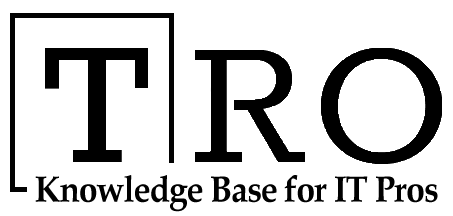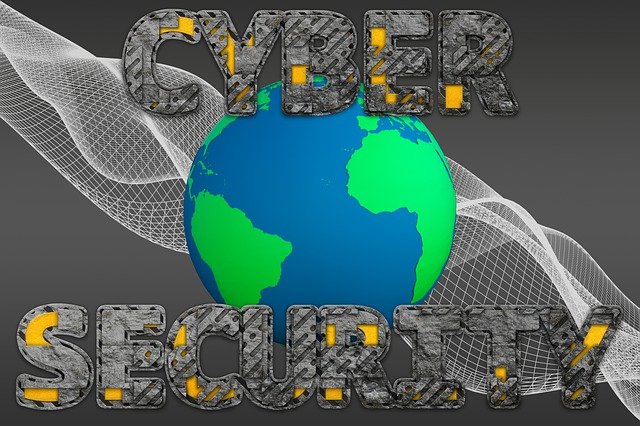Cyber Hygiene Practices for Secure Remote Work Access 2021
Introduction
In the year 2020, we have seen many changes taking place all over the world with the pandemic. For instance, schools have shifted online, businesses are switching to remote work, events happening online, and so much more.
But, along with this, we have seen a rise in cyberattacks and breaches. Here are some stats which will give you a clearer understanding of the threat we face today:
- Damage related to cybercrime is projected to hit $6 trillion annually by 2021. (Cybersecurity Ventures)
- Worldwide spending on cybersecurity is going to reach $133.7 billion in 2022. (Gartner)
- 68% of business leaders feel their cybersecurity risks are increasing. (Accenture)
- Data breaches exposed 4.1 billion records in the first half of 2019. (RiskBased)
- The average cost of a data breach is $3.92 million as of 2019. (Security Intelligence)
- 71% of breaches were financially motivated and 25% were motivated by espionage. (Verizon)
- Security breaches have increased by 11% since 2018 and 67% since 2014. (Ponemon Institute)
- Hackers attack every 39 seconds, on average 2,244 times a day. (University of Maryland)
- 43% of breach victims were small and medium businesses. (Verizon)
- 15% of breaches involved Healthcare organizations, 10% in the financial industry, and 16% in the Public Sector. (Verizon)
With the rising risk, companies should be wary of the threats they face. To prepare themselves for such mishaps they should follow life-saving cyber hygiene practices.
This is especially important for organizations that are involved in remote work because they need to secure remote work access.
So, in this blog post, we going to introduce you step by step to the world of cybersecurity hygiene. Then we will give you an overview of the precautions you should take to avoid an attack.
Contents
What is Cybersecurity Hygiene?
Cyber hygiene refers to the practices of computer users to maintain a health system by improving its online security.
Cyber hygiene is crucial and should be regularly conducted to ward off common threats.
The organization often adopts these practices as a part of the routine to ensure the safety of the information that could be stolen or corrupted.
The European Union’s Agency for Network and Information Security (ENISA) says “cyber hygiene should be viewed in the same manner as personal hygiene and, once properly integrated into an organization will be simple daily routines, good behaviors, and occasional checkups to make sure the organization’s online health is in optimum condition.”
What are the Benefits of Cyber Hygiene Practices?
Cybersecurity Concerns Increases in This Pandemic
Maintenance and security are the two distinct benefits of having a routine cyber hygiene procedure in place for your computers and other software.
Maintenance:
It is important for computers and other software as it helps them run at peak efficiency. Every year, files become fragmented and programs become outdated which in turn increasing the risk of vulnerabilities. Maintenance usually spots such issues early and prevents serious damage. Well-maintained is less likely to be vulnerable.
Security:
It is perhaps the primary reason to incorporate a cyber hygiene routine. While we cannot predict threats, we can still prepare and prevent them
What are the Cyber Hygiene Practices for Secure Remote Work?
Real-time Inventory:
For many organizations, maintaining an up-to-date real-time inventory system is very crucial. The reason behind this is that the devices in an enterprise changes constantly, physical machines migrating to virtual, and IT constantly installing and updating software. Here, inaccurate inventory will make managing compliance and cyber-risk as you will not be able to improve what you can’t measure. Hence, it is important to maintain a real-time accurate inventory.
VPN Accessibility:
There is an organization with large remote workforces that also have a robust VPN solution. It is crucial for employees who are constantly accessing your private resources. However, for organizations will no infrastructure for work from home, mobilizing to VPN can be hard.
Hence, such an organization should prioritize access for your senior staff since if their assets are compromised, it will have a much greater impact. Once you’ve done this for all the senior staff ensure visibility into all VPN connections.
Comprehensive Visibility:
A handful of vulnerable systems usually start a breach on the extended perimeter. This might happen because of phishing, weak password, or unpatched vulnerability. Extended your perimeter as it’s more vulnerable with remote work on the rise.
Monitor Password Strength:
In the cases of weak, default, and reused passwords are often stored and/or transferred in the clear. But companies should focus more on monitoring the strength of the password and avoid reusing it.
Endpoint Protection:
As we have discussed earlier, the number of malicious websites and phishing scams is skyrocketing. Which makes it all the more important to avoid your employees falling victim to these scams.
Organizations can do this by rolling out strong controls for endpoint protection. However, if you have already implemented endpoint protection, you should make sure to validate that endpoint visibility.
Patching for Business-Critical Assets:
In most organizations, when a high severity vulnerability is being addressed, all assets are treated equally. But, in the case of new vulnerabilities, business-critical must be addressed first. For instance, patching the CFO’s laptop is more crucial than patching the laptop of any other employee.
Implement Training Measures:
Organizations will have an easy time predicting breaches if they monitor web traffic and hygiene among users. Because once identified, users can be given appropriate high-risk training or tighter endpoint controls.
Owners of risk should also be identified and educated on correct security measures.
Multi-Factor Authentication:
Identifying a user who is trying to access enterprise resources robustly is important. For this, it is crucial to establish a strong user identity. This can be done by establishing an enterprise Identity and Access Management (IAM) combined with a password manager.
This will provide you with robust multi-factor authentication and policy control and enable good password hygiene.
Strong Device and Application Identity:
Strong device identity can be established with the help of client-side certificates and strong application identity.
Track Assets that Would Impact Breaches:
It is extremely important to maintain the visibility of these assets by building on them. This will allow you to correctly track them so that you are aware of vulnerabilities affecting these assets when they arise.
Conclusion:
In this blog post, we have covered life-saving cyber hygiene practices to make your remote work secure in 2021. Try them out and do let us what helped you the most. you can also read our blog Top 10 Cyber Security Tools To Look Out For In 2022
Author Bio:
Shreeya Chourasia is an experienced B2B marketing/tech content writer, who is diligently committed for growing your online presence. Her writing doesn’t merely direct the audience to take action, rather it explains how to take action for promising outcomes.

